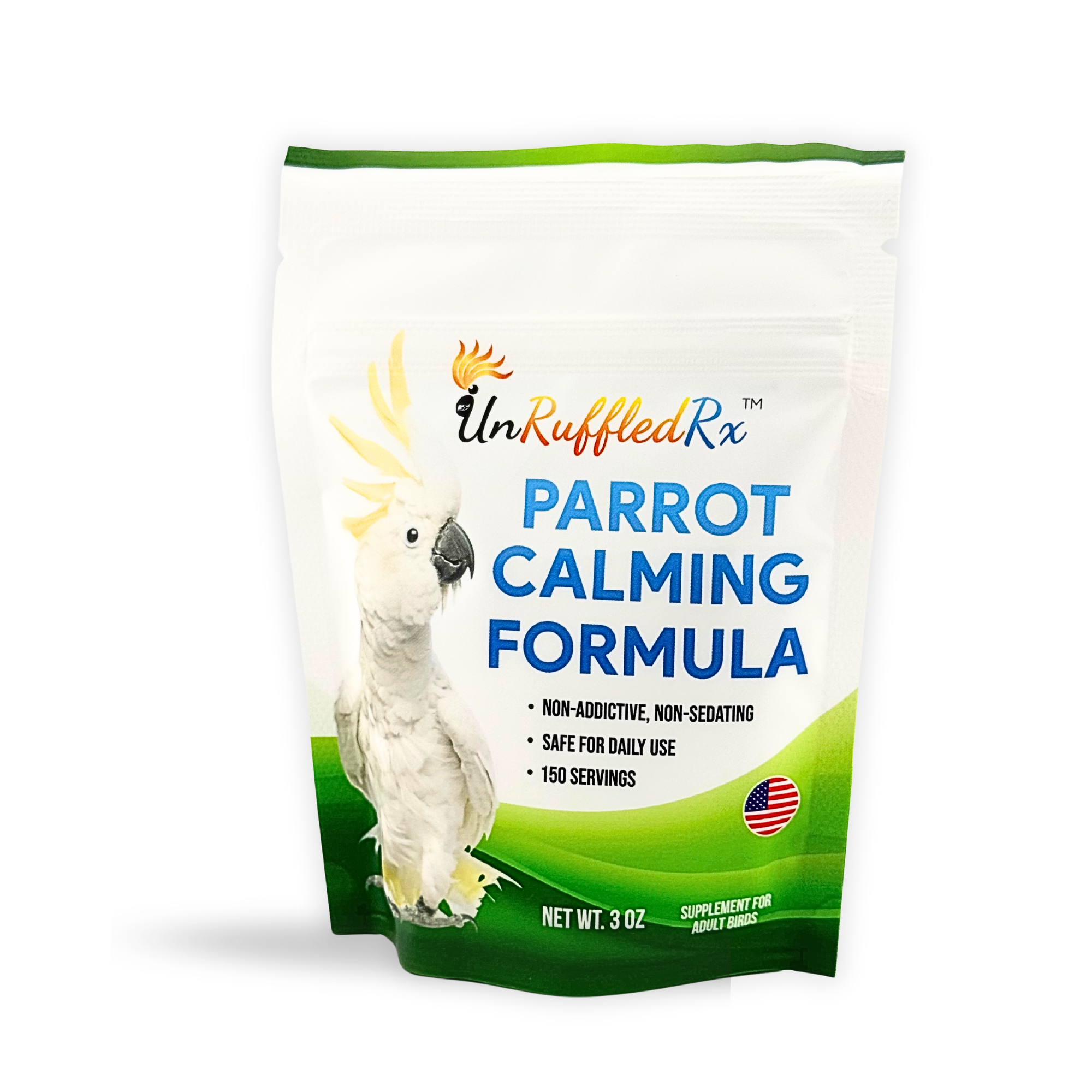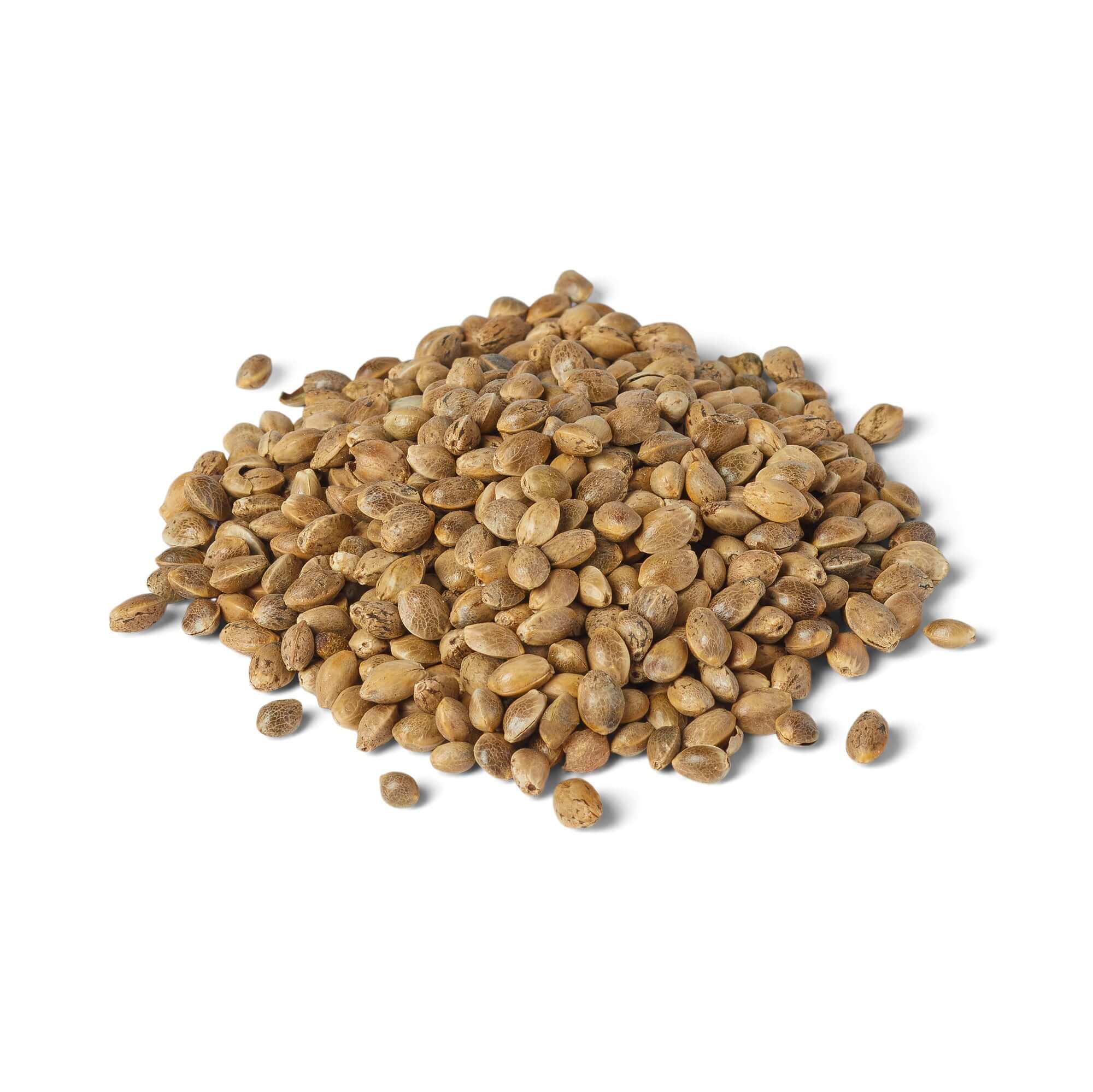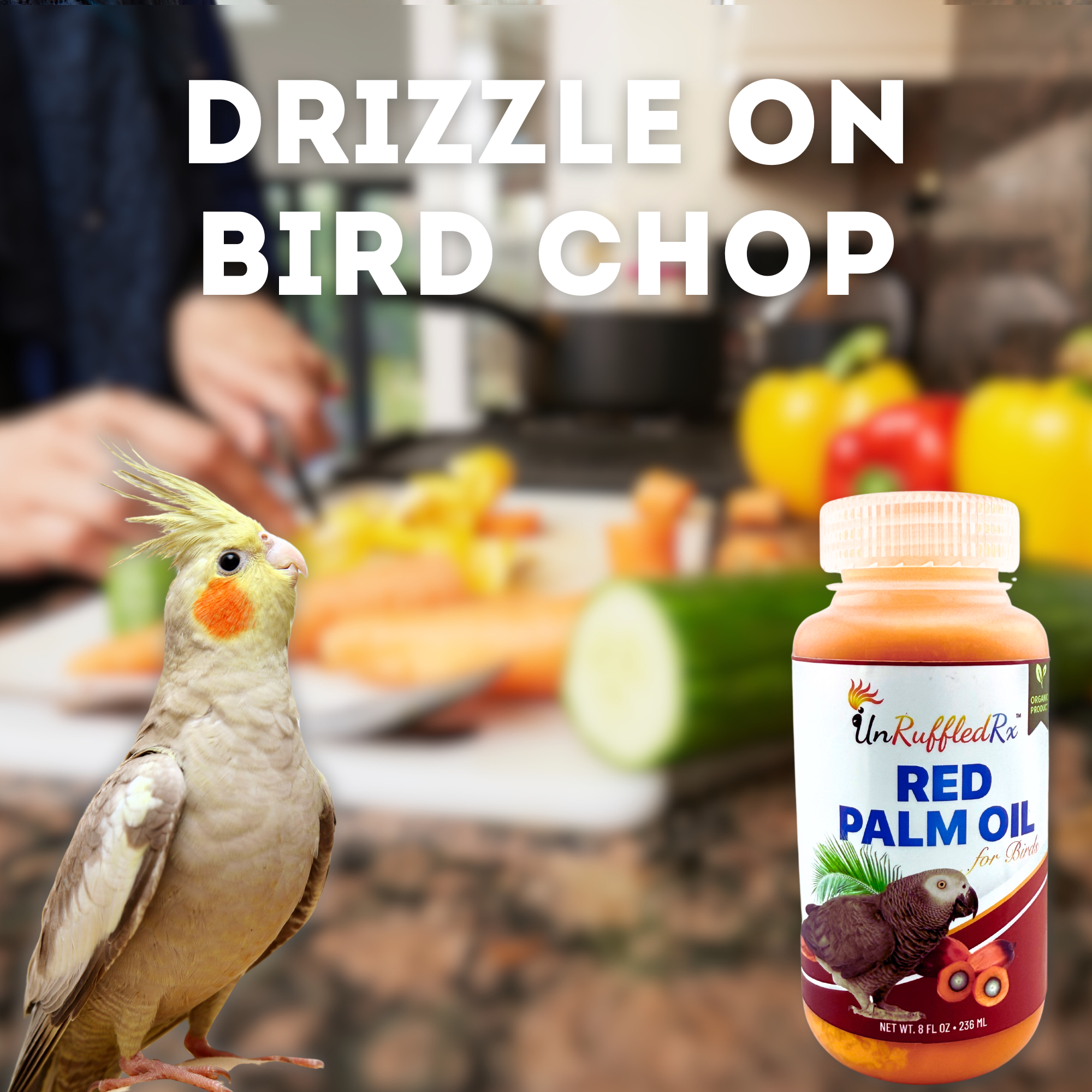Table of Contents
If you’ve recently adopted a bird, you might be struggling to keep it on its play stand instead of crawling down and getting into mischief. This problem can be frustrating and dangerous. A bird on the floor can get stepped on or experience another traumatic injury. So, how do you teach your little friend how to stay put?
Why You Should Teach Your Bird To Stay Put
Although parrots are intelligent, they can be mischievous and busy. While you may find such behavior adorable in a feathered friend, it may also present some safety concerns for your pet. Luckily, with a little bit of training, parrots can learn how to entertain themselves on a play stand without climbing down. There are three important reasons to teach your bird to stay put or what professional trainers call stationing.
The first is safety. A pet bird that has been trained to stay put on its stand will not only be safer, but it will also be less likely to get into mischief. Birds that climb down from their play stands can get stepped on or attacked by another pet. Their curiosity can also get the best of them. One time, my African Grey climbed off of his play stand and stuck his beak in a light socket. He suffered a serious electric burn. A bird that has been taught to stay put is safer.
Another reason to teach your bird to stay put is because birds are destructive. If you’ve ever owned a pet bird, you know that they can be quite mischievous and destructive. Birds that climb down from their play stands are often seeking nesting sites. They can chew up furniture, wood work, and even carpet.
And finally, for a pet that poops every 15 minutes, that's a lot of floor cleaning!
How Long Can You Expect A Bird To Stay In Place?
Bird's are active pets so it is unreasonable to expect them to stay put all day long. If you have a bird that needs a lot of attention, training him or her to stay in one place for longer periods of time will help you keep your bird happy and entertained while you go about your own daily activities. A bird that has learned to entertain itself with toys and foraging can stay put longer.
Even if your bird needs frequent breaks from his or her perch and play stand, training him or her can provide mental stimulation as well as keep your bird from getting into trouble. Over time, you can build up your bird’s stamina while reducing their need for regular breaks.
To increase the time that your bird stays on its stand make sure that the area is entertaining. Birds are busy and need to stay occupied, so it’s important to have lots of toys available for them. Choose a variety of toys in different shapes and sizes so they can pick what they like best. Make sure that your bird has fresh food and water available. Also, bathing your bird before it gets on its stand will encourage it to spend some time preening its feathers.
One reason that many birds climb down from their stand is that they are inappropriately hormonal. Typically a bird is only hormonal once or twice a year. When we pet our bird's body, keep them up late into the night, and allow them to have access to a perceived nesting site, we make them inappropriately hormonal. Then, they want to climb off of their play stand and look for a nesting site. With a few environmental adjustments, you can eliminate that problem.
First, Teach Your Bird To "Come Here"
Bird's will inevitably get off of their stand or fly down to the floor. My little green cheek conure flies down to the floor when she gets started. Trying to catch a flighted bird that doesn't want to get caught can be a challenge. So, instead, teach your bird to "come here."

1. Get into the habit of having training treats and a clicker available. I use a treat bag with a clicker attached to it.
2. When you notice your bird on the floor grab your treat bag and cheerfully say your bird's name followed by "come here!" When she arrives click and give a treat. You can even give her a little head "scritch" to sweeten the reinforcement.
3. Continue to reinforce the "come here" command in a number of places. The more you reinforce it the faster she'll learn.
4. Once she reliably comes whenever you call her, slowly start cutting back on the treats. For instance, treat 4 times but not the fifth time.
Now, every time she gets off of her play stand or cage, just say, "Kiwi, come here!" Pick her up and put her where you want her with minimal fanfare. Don't look at her or talk to her so that you're not reinforcing being in the wrong place.
Practice "come here" all over the house and even outside while your bird is wearing a harness. That way if your bird ever escapes you can prompt it to "come here" and have a better chance of retrieving it.
Next, Teach Your Bird To Stay
One of the best ways to encourage your bird to stay put is to make sure that its play stand is enjoyable to be on. But, eventually, every bird will get bored. A bored bird is more likely to crawl off of its stand and come looking for you. Observe your bird so that you can learn how it behaves when it is getting bored. My bird's pace back and forth but your bird may do something else.

1. When you notice your bird is starting to get bored, call out to it. Offer it some entertainment.
2. Gradually lengthen the time between your calls. If your bird starts making a move in your direction, say "Stay!" Then, immediately click and treat. Repeat this every time she looks like she's thinking of getting down. You're lengthening the time she stays on the stand.
3. Now, she's ready for you to space the time between when you say "stay" and when you offer the treat. This is another way to lengthen the time she spends on her stand.
4. Continue to call out to her throughout her out of cage time - much like wild flock members call out to each other. Also, reinforce her for entertaining herself. Give her praise and treats. A bird that's developed the skill of entertaining herself gets less bored. Don't forget to continue to work on "come here."
A bird that knows how to stay put can enjoy more out of cage stand. Also, you can now easily weigh your bird each week and feel more comfortable about vet exams.
In Conclusion...
If you follow these steps, you'll be able to train your bird to stay on its stand or to stay on a bird scale. Just remember to take small steps and take it slowly. no matter how long it takes you to teach your bird how to "come here" and stay put"- even if it takes you a month - the important thing is to persevere. even if it won't stay where you put it right away, don't give up. Be patient, but stay consistent!
For more guidance on effective training, explore our Choosing Bird Training Supplies page to find the right tools to support your bird’s progress.
Related Posts:
The Surprising Benefits of Teaching Your Bird To Step Up
How Aggressive Bird Training Methods Backfire With Worse Behavior
Choosing Bird Training Supplies For Best Results
References:
Johnson, M. Getting Started Clicker Training for Birds. (2004). Karen Pryor Clicker Training.
Joseph, L. Training a Bird To Station & Its Importance.
Diane Burroughs, LCSW is a licensed psychotherapist trained in ABA therapy techniques. She specializes in avian anxiety disorders and is certified in Nutrition For Mental Health. Diane has written a number of bird behavior books and she offers behavior consultations. She's developed a range of UnRuffledRx Science-backed Parrot Wellness Supplies.
Diane's products have been featured in the Journal of Avian Medicine and Surgery and at Exoticscon, a conference for exotic pet veterinarians. Her bird collars & supplements are stocked in avian vet clinics and bird stores throughout the US. With over 30 years in the field of behavior, Diane has created thousands of successful individualized behavior plans that help pets thrive.
TAGS: #BirdTraining #TeachABirdToStation #TeachABirdToStayPut
SHARING IS CARING! PLEASE SHARE ON YOUR FAVORITE SOCIAL MEDIA NOW!














